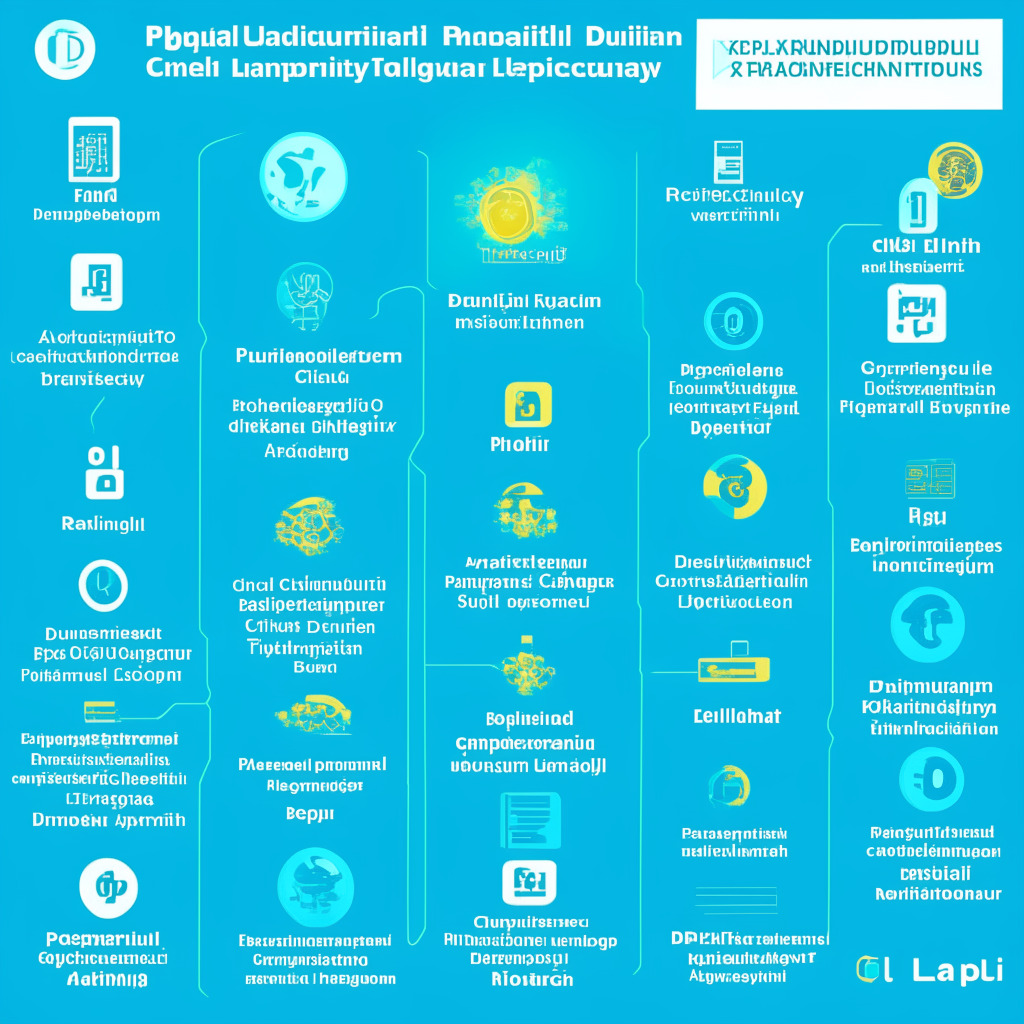As the cryptocurrency sector continues to expand, platform providers are marrying traditional customer relationship management techniques with the decentralised dynamic of blockchain. One such example is MarginFi, a cryptocurrency lending platform operating on the Solana blockchain. In its pursuit to incentivize and engage users, MarginFi launched a points-based rewards program which has almost quadrupled MarginFi’s total value locked (TVL), surpassing ten million dollars this week.
These reward points are given based on how much a user contributes to the ecosystem’s success – borrowers earn four points for each dollar deposited, and lenders receive a one-for-one return. As for the length of term, longer means more points. While the points’ exact purpose isn’t disclosed by MarginFi, many platform users hold an assumption that these point rewards might transform into tokens eventually — a potentially profitable prospect.
A similar model has been leveraged by other platforms, where point systems assist in the distribution of tokens to users. These tokens can then be used by communities to influence protocol operations through voting, aligning with the decentralized ethos of crypto.
What makes this scenario even more intriguing is the context of Solana’s current market state. With its coin trading approximately 90% off its peak from the late 2021 bull market, the potential token yield from earned points could prove quite lucrative especially if Solana makes a strong rebound.
The strategy does seem to be working for MarginFi, as the novel initiative has both bolstered its growth and increased its user base. However, as MarginFi and similar platforms increase their capacity, a debate emerges: What happens when the volume of tokens under management reaches the ecosystem’s liquidity threshold?
While platforms like MarginFi require sufficient liquidity to safely manage users’ pledged assets, there are concerns over the thin trading landscape of Solana’s DeFi space, leading platforms to limit certain token deposits. Such caution is essential as crypto loan platforms must be able to liquidate borrowers’ collateral if they default.
This recovery, however, could work as a stimulus for Solana’s ecosystem. If more platform builders create incentives for consumers to adopt and use SOL tokens, it could potentially drive up demand for SOL. Thus, sparking a new surge in Solana’s market. This growth mechanism, evidently beneficial for MarginFi and Solana, may also hold broader implications for the crypto industry at large. It will be fascinating to trace its trajectory in the crypto landscape.
Source: Coindesk




